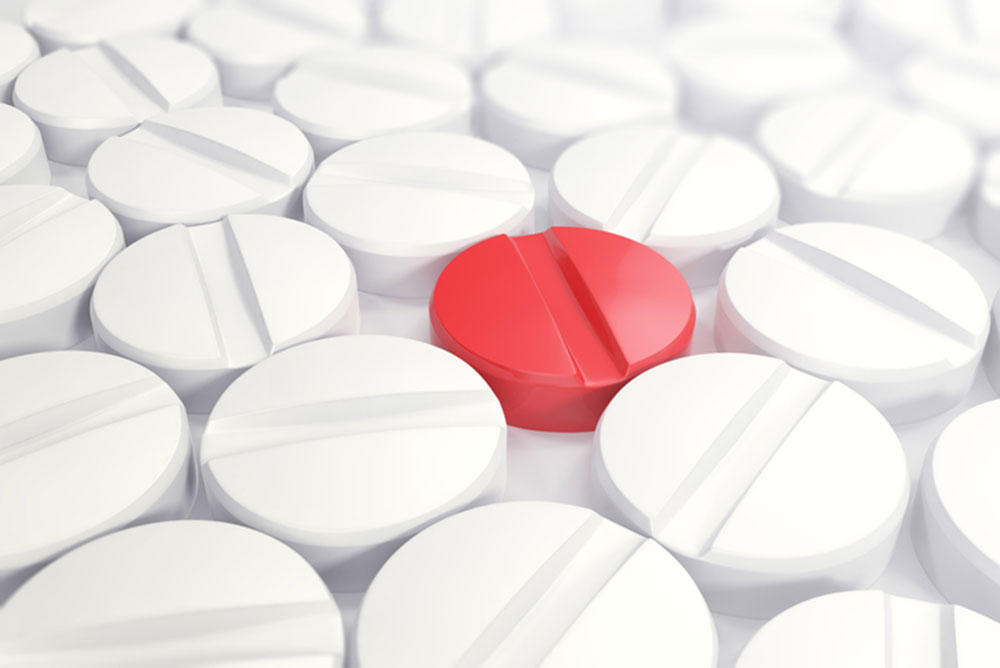
iStock
IF YOU BELIEVE the current best-selling novel, There, There, by Tommy Orange, in-home 3-D printers costing just a few thousand dollars could produce plastic guns that work. In fact, commercial printers are currently making everything from guns to shoes and car parts. Personal models might someday allow people to print their own prescription drugs.
Lower-cost “biologics,” drugs made from biological sources, which have to date led to breakthroughs against cancer, rheumatoid arthritis and other serious diseases are also something to hope for in the high-tech medication future.
By definition, biologics include anything produced from a biological source and used in the prevention, treatment or cure of a disease or condition of human beings, including vaccines, blood products, antitoxins, gene therapy and tissues.
The first true “biologic,” human insulin—developed in the early 1980s using recombinant DNA—mimics the body’s natural patterns of insulin release. Biologic formulations developed since then have targeted the immune system and include anti-inflammatories for the treatment of rheumatoid arthritis (RA) and Crohn’s disease, and cancer drugs.
Compared to conventional drugs, biologics can suppress activity of specific immune system components— for example, different white blood cells or inflammatory chemicals —affording both more focused effects and fewer side-effects.
But the current high costs of these drugs are an obstacle to widespread use. The “biologic” classification, along with the way the formulations are produced (using large vats of living protein, with complicated standards and ingredients) make approval of similar, cheaper versions called biosimilars trickier than that of generics, the drug equivalent.
Of ten biologics available to treat RA, for example, only three have biosimilars.
Because it was created before the adaptation of the label “biologic,” biosynthetic insulin is considered a drug and thus regulated differently from biologics. But even for insulin, costs are soaring—up almost 200% from 2002 to 2013 and doubling since then—to the extent that patients ration insulin supplies by taking less than their needed dose, risking serious long-term health consequences.
Commercial 3-D printers are the hoped-for solution to producing drugs in small batches, both at home as needed by individuals—using widely available starting compounds—and for orphan diseases (conditions that affect fewer than 200,00 people nationwide).
In 2015, the FDA approved the first and currently only bio-printed tablet on the market. It’s a high-dose reformulation of an anti-epileptic seizure drug that dissolves instantly, useful for patients who struggle to swallow pills. The drug, Spritam, has a layered, porous structure difficult to achieve using traditional manufacturing methods.
“We can print tens of thousands of tablets a day,” said Tim Tracy, chief executive at Aprecia Pharmaceuticals, which developed the drug—on printers the size of a room.
Meanwhile, healthcare’s most prolific use of 3-D printers is the production of hearing aids, along with prosthetics, orthotics, orthodontics and implants. Researchers are working to get printers to create blood vessels. The major challenge is to print living cells quickly enough before the already printed cells die.
But even if personal 3-D printers become easily available, regulators will try to retain control of some of the component parts or ingredients. In There, There, the 3-D printed weapons still needed bullets purchased at a store and then, to avoid metal detectors, be transported in socks and thrown over a wall before the guns could kill.
—Mary Carpenter
Every Tuesday in this space, well-being editor Mary Carpenter reports on health news you can use.
